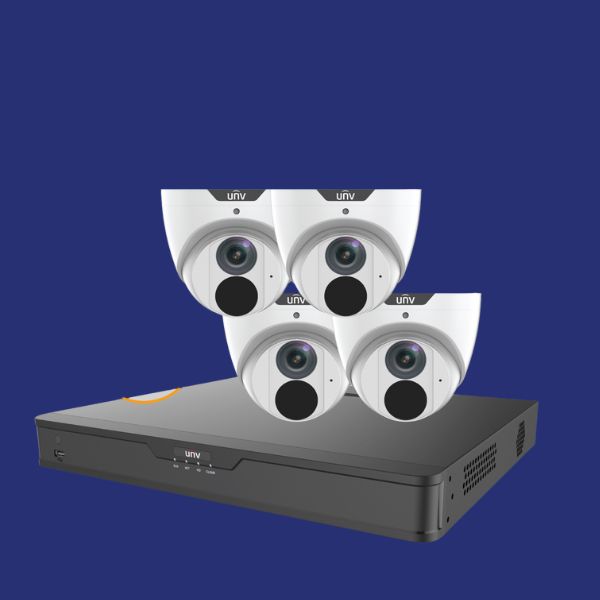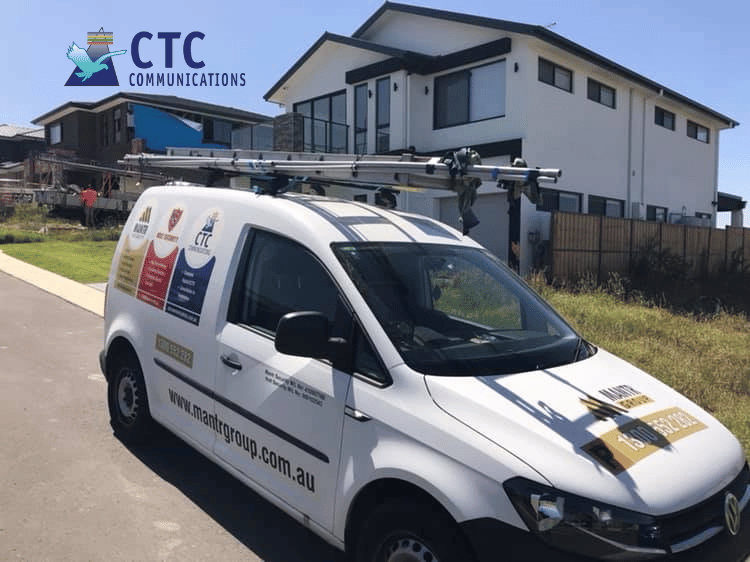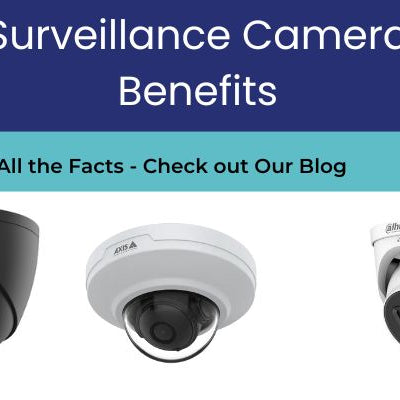
CCTV Kits
Leading Brands
Installing CCTV (Closed-Circuit Television) at home offers a myriad of benefits, ranging from enhancing security to providing peace of mind. Let's delve into some of the key advantages:
CCTV cameras act as a visible deterrent to potential intruders and vandals. The mere presence of surveillance cameras can dissuade criminals from targeting your home, reducing the risk of burglary, theft, and vandalism. Active Deterrence Cameras also provide light and sound deterrence.
CCTV systems provide round-the-clock surveillance of your property, ensuring that any suspicious activity is promptly detected and recorded. This constant monitoring offers heightened security, even when you're away from home.
Modern CCTV systems allow homeowners to remotely access live footage of their property via smartphones, tablets, or computers. This feature enables you to keep an eye on your home from anywhere in the world, providing peace of mind and enabling swift action in case of emergencies.
In the unfortunate event of a burglary, vandalism, or other criminal activity, CCTV footage serves as valuable evidence for law enforcement agencies. High-definition cameras capture clear images and videos of perpetrators, aiding in their identification and apprehension.
CCTV cameras provide an unbiased record of events, protecting homeowners against false claims and disputes. In scenarios involving accidents or disagreements with neighbors, recorded footage serves as an impartial witness, providing an accurate account of what transpired.
CCTV systems can be integrated with smart home technology, enhancing security and convenience. Integration with motion sensors and smart locks allows for automated responses to potential threats, such as triggering alarms or activating lights, creating a robust security ecosystem.
By installing CCTV at home, you create a safer environment for your family and property. The ability to monitor activities in and around your home provides reassurance that loved ones and belongings are protected, fostering a greater sense of security and well-being.
Contrary to popular belief, installing CCTV is a cost-effective investment in long-term home security. With advancements in technology, these systems have become more affordable and accessible to homeowners, offering comprehensive protection at a fraction of the cost of traditional security measures.
Choosing the right CCTV (Closed-Circuit Television) system for your home involves considering several key factors to ensure optimal security and functionality. Here are the most important factors to keep in mind:
Define the primary purpose of installing CCTV, whether it's to deter intruders, monitor specific areas, or gather evidence in case of incidents. Understanding your objectives will help determine the type and features of the CCTV system you need.
Assess the areas you want to cover with CCTV cameras, both indoors and outdoors. Determine the number of cameras required and their placement to ensure comprehensive coverage of vulnerable areas such as entry points, driveways, and backyard.
Choose CCTV cameras with high resolution and image quality to capture clear and detailed footage. Higher resolution cameras provide sharper images and better clarity, which is crucial for identifying faces, license plates, and other important details.
Opt for CCTV cameras equipped with infrared (IR) or low-light technology for effective monitoring during nighttime or low-light conditions. Night vision capability ensures that cameras can capture clear footage even in complete darkness, enhancing overall security.
If installing outdoor CCTV cameras, ensure they are weatherproof and built to withstand harsh environmental conditions such as rain, wind, and extreme temperatures. Look for cameras with an appropriate IP (Ingress Protection) rating for outdoor use.
Consider CCTV systems that offer remote access and monitoring capabilities via smartphones, tablets, or computers. Remote access allows you to view live footage, playback recordings, and receive alerts from anywhere, providing greater flexibility and convenience.
Evaluate the storage capacity of the CCTV system and consider whether it meets your recording needs. Choose between systems with local storage (e.g., DVR, NVR) or cloud-based storage, depending on your preferences and requirements.
Look for CCTV cameras with built-in motion detection capabilities that trigger alerts or notifications when motion is detected. Motion detection helps minimize false alarms and ensures that you're notified of any suspicious activity in real-time.
If you have existing security systems or smart home devices, consider CCTV systems that can integrate seamlessly with them. Integration allows for enhanced functionality, such as triggering alarms, activating lights, or locking doors in response to detected threats.
Determine your budget for purchasing and installing CCTV cameras, taking into account not only the initial cost but also any ongoing maintenance or subscription fees. Balance your budget with the features and quality of the CCTV system to find the best value for your investment.
Setting up a home CCTV (Closed-Circuit Television) system requires careful planning and implementation to ensure effective surveillance and security. Here are some best practices for setting up a home CCTV system:
The Importance of CCTV for Home Security: A Modern Shield for Peace of Mind
Top factors to consider when installing security cameras in your home
By following these best practices, you can set up a home CCTV system that enhances security, deters potential threats,
Surveillance cameras come in various styles, each designed to suit specific surveillance needs and environments. Here are some common surveillance camera styles:
Each surveillance camera style offers unique features and benefits suited to different surveillance applications. When choosing a surveillance camera, consider factors such as the desired field of view, environmental conditions, and specific surveillance needs to select the most suitable camera style for your requirements.
There are many different types of CCTV cameras available, each with its own unique features and benefits. Some of the most common types of CCTV cameras include:



In today's digitally-driven world, security is a top priority for both homeowners and businesses alike. With the advancement of technology, Network Video Recorders (NVRs) have become an essential component of modern surveillance systems, offering efficient and reliable video recording and...

Security cameras can be advantageous for a range of applications, from public areas to businesses and homes. With security cameras, deterrence and prevention of crime are main priorities. Additionally, footage from cameras can be used as evidence in court, aiding...